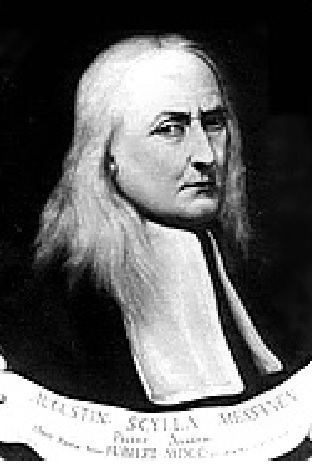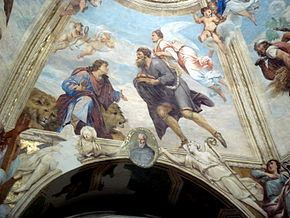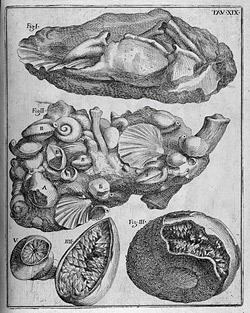Name Agostino Scilla | Died May 31, 1700, Rome, Italy | |
 | ||
Agostino scilla pittore e paleontologo messinese by luloca
Agostino Scilla (August 10, 1629 – May 31, 1700) was an Italian painter, paleontologist, geologist, and pioneer in the study of fossils.
Contents

Life

The son of a government official in Messina, Sicily, Scilla studied under Andrea Sacchi in Rome and became a painter. His frescos in Messina were painted for the church of San Domenico, and in the Nunziata de' Teatini, and many paintings including one of San Ilarione dying painted for the church of S. Ursula. His frescos in the Cathedral of Syracuse date from 1657.

After participating in an unsuccessful revolt against Spanish rule, in 1678 he was exiled from Sicily. Scilla worked as a painter in Turin and then Rome for the rest of his life. He was a censor in the Academy of Design in Rome in 1695.
One of his pupils was the painter Antonio Madiona.
Works
Scilla began to study fossils found in the hills of Sicily, sometimes accompanied by botanist Paolo Boccone. His only written scientific work is La vana speculazione disingannata dal senso ("Vain Speculation Undeceived by Sense", 1670). In this work he argues for a scientific explanation for fossils, as opposed to them being of fantastic origin or a test of faith from God. He also correctly identified the supposedly magical objects that were called glossopetrae, or "tongue stones", as the teeth of sharks.
Dorsum Scilla on the Moon is named after him.
